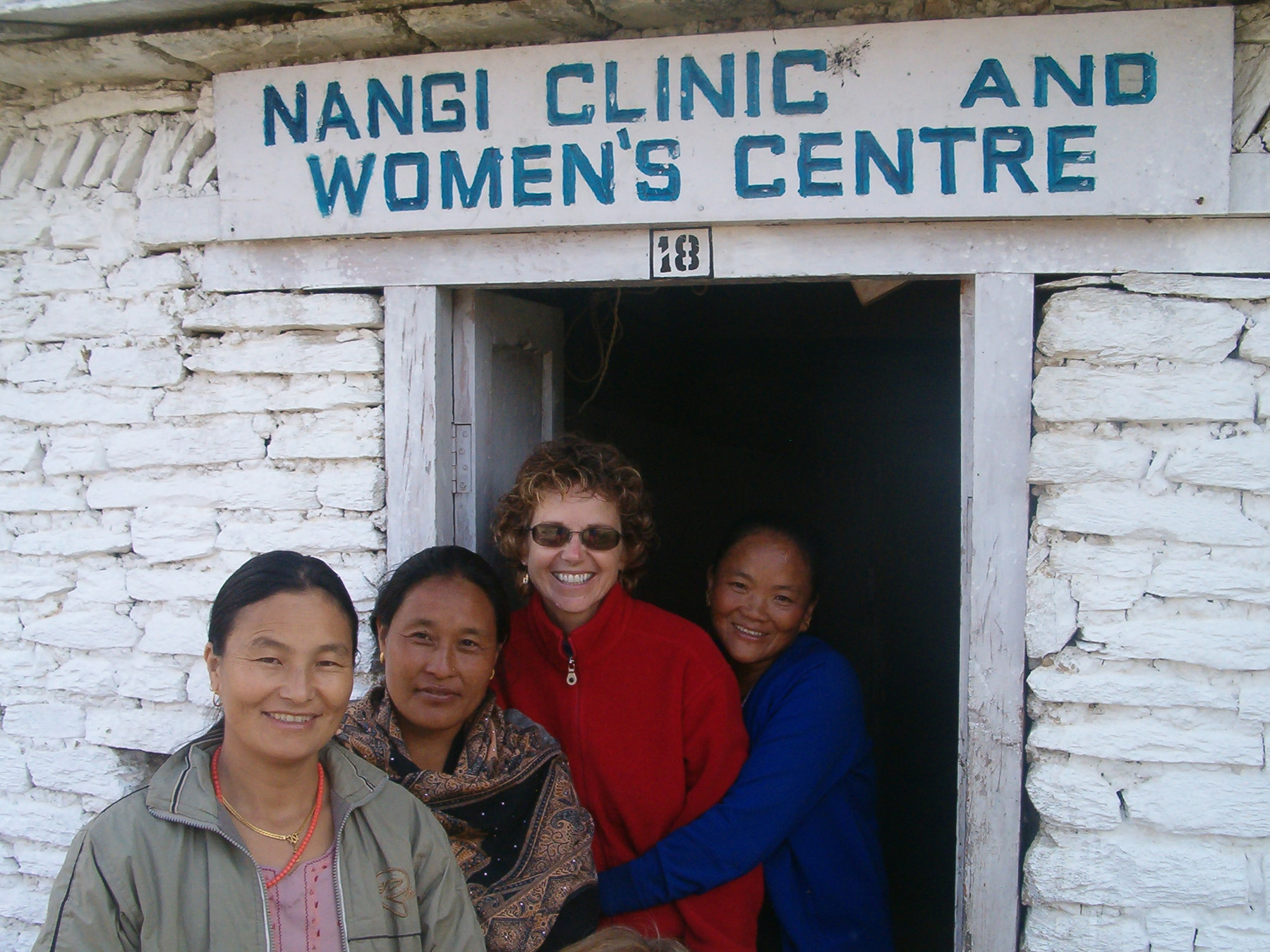That was my question when I first explored volunteering for Himanchal Education Foundation (HEF) in 2001. After reading the BBC articles about Mahabir Pun referenced in last weeks entry, I contacted the organization based in Kearney, Nebraska where Mahabir attended the University of Nebraska at Kearney (UNK). I spoke to Dr. Leonard Skov, retired Chairman of Education at UNK and HEF president. He is also the professor responsible for bringing Mahabir to the university to study education over 20 years ago. Stay tuned for that story in future posts. Dr. Skov, friends, colleagues and Mahabir started HEF in 1996 to support building a school in Mahabir’s home village, Nangi. After looking at other organizations, emailing former volunteers and Mahabir, and many conversations with Dr. Skov I decided to volunteer with HEF because they were a small non-governmental organization (NGO) dedicated to education.
Dr. Skov explained HEF’s purpose was to advance education and support the development of cottage industries as a means to improve the standard of living for the 800 inhabitants of Nangi. HEF encourages its volunteers to leave behind a footprint of knowledge and skills useful for the school and villagers instead of just a completed volunteer project. He and I decided on a plan…I would give lectures on emergency and wilderness medicine topics to the local health care workers (HCW) while working alongside them in the clinic. Good plan…except there was no clinic…so two rooms in the old library building became the first make shift clinic.
I made my first trip to Nepal in the spring of 2002. Mahabir and his uncle Deobahadur welcomed me to their home in Pokhara where I met their extended families. Along with medical supplies and training materials I bought two Nepal guidebooks and one phrase book along with a Walkman tape so I could practice the language. Most handy is the phrase “I’m lost, can you help me?”. I recommend learning that right after you learn to say hello and thank you in any language. After ten years I am far from fluent…far from conversational…far from having a clue what anyone around me is saying. Fortunately most everyone I work with in Nepal speaks English or graciously translates.
Mahabir took me on my first trip to Nangi. This involves taking a 3-hour taxi ride from Pokhara to Beni, which you’ll remember, lies along the Kali Gandaki River. A quick breakfast of rice and lentils fuels the climb from Beni to Nangi, a ten mile walk with an elevation gain over 5000 feet. It took all day. Step after step after step…thousands of stone steps built into the hillside climb…and climb…and climb to the village in the clouds.
During that first climb I watched Mahabir tirelessly walk upwards and over the past ten years I have watched him climb relentlessly towards his goal of improving education and living standards for his country. The wireless projects are simply his means to provide sustainable education, marketing avenues, raise money and tell his story to the world.

